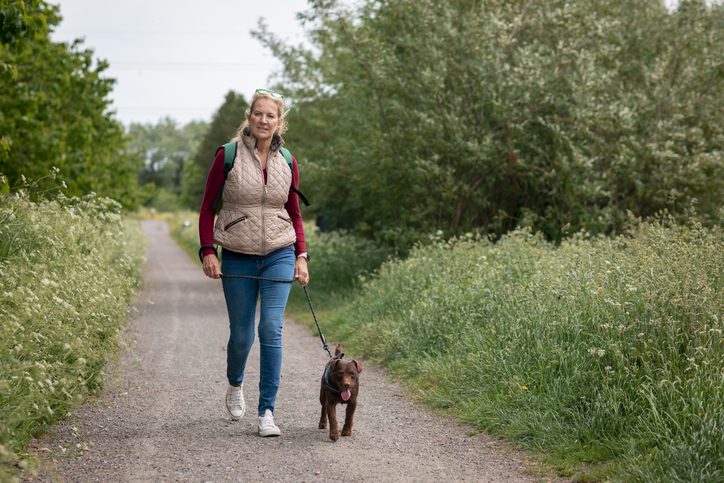
by rachael | Apr 15, 2022 | Physical Health
Walking is a healthy habit that’s free and easy to fit into your day. Every step you take burns calories, strengthens your heart, eases joint pain, improves sleep, and boosts your immune system, your mood, and your energy. Walking may even prolong your life. So...

by hanna | Nov 25, 2019 | Emotional Health, Mental Health, Physical Health
It’s officially the holiday season, meant for celebration, unity, and joy. And yet, it can also bring stress and exhaustion, compromising your physical and mental health. Here are five tips for staying healthy and happy during the holidays. Keep Moving You may be too...




